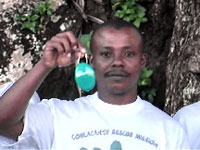Recollections of the Past 30 years pursuing Coelacanths
Jerome Hamlin, creator dinofish.com
News from the Fricke dive group in 1994, that the only known population of coelacanths- those in the Comoros, was in decline could not be ignored. I ran a contest on the new dinofish.com website on how to save the coelacanth. Specifically, was there a way of releasing those that were caught as bycatch, so they would survive the trauma of capture. At the surface, the fish were so exhausted, it was unlikely they could swim back down to the cool depths. The prize was $500.
The solution did not take long to arrive. Ray Waldner, a biology teacher in Florida, informed me of a technique used by marine biologists to release fish specimens that had been brought up for data collection: a bag of stones is attached to a large barbless hook that is then hung inverted from the fishes mouth as it is placed back in the water. A line is attached to the upward facing bend in the hook, and the fish is lowered to the bottom with the line still attached to the bend. Once bottom contact is made, the hook is pulled from the fishes mouth and the bag of stones is brought back up leaving the fish on the bottom!
He got the prize. The question now was how to implement this in the Comoros. The solution I came up with was to use T-shirts again, as they were very popular with the fishermen. Not only would release instruction be printed on the T shirts, but a special hook attached to a plastic bag would be sealed in a Ziplock bag sewn onto the shirt itself! Thus the Deep Release Kit shirt was born, what I would later call "The shirt heard round the world." (One of these is on display at Twin Oceans Aquarium, Cape Town.) We packed up boxes of these and sent them to the Comoros for distribution to the fishermen. At the same time, I sold hundreds of the T's (without the Ziplock bags) to well wishers online.
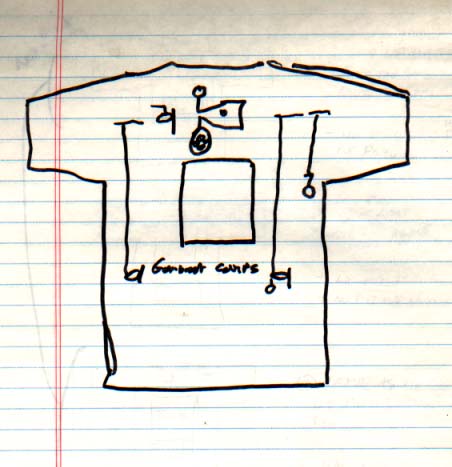
Initial sketch for the DRK T shirt.( Circa 1997)

Back of the DRK T shirt with instructions for use. The Ziplock bag with gear was sewn below the horizontal line.
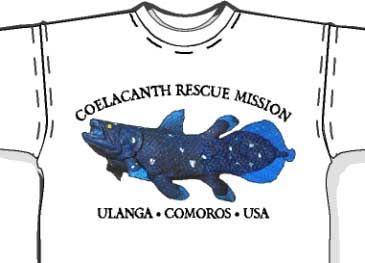
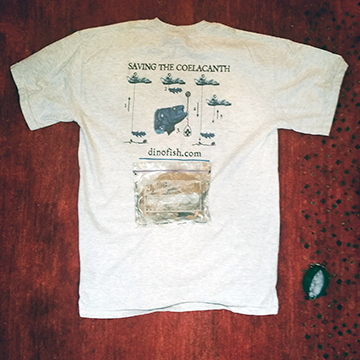
DRK shirt back with sewn kit bag.
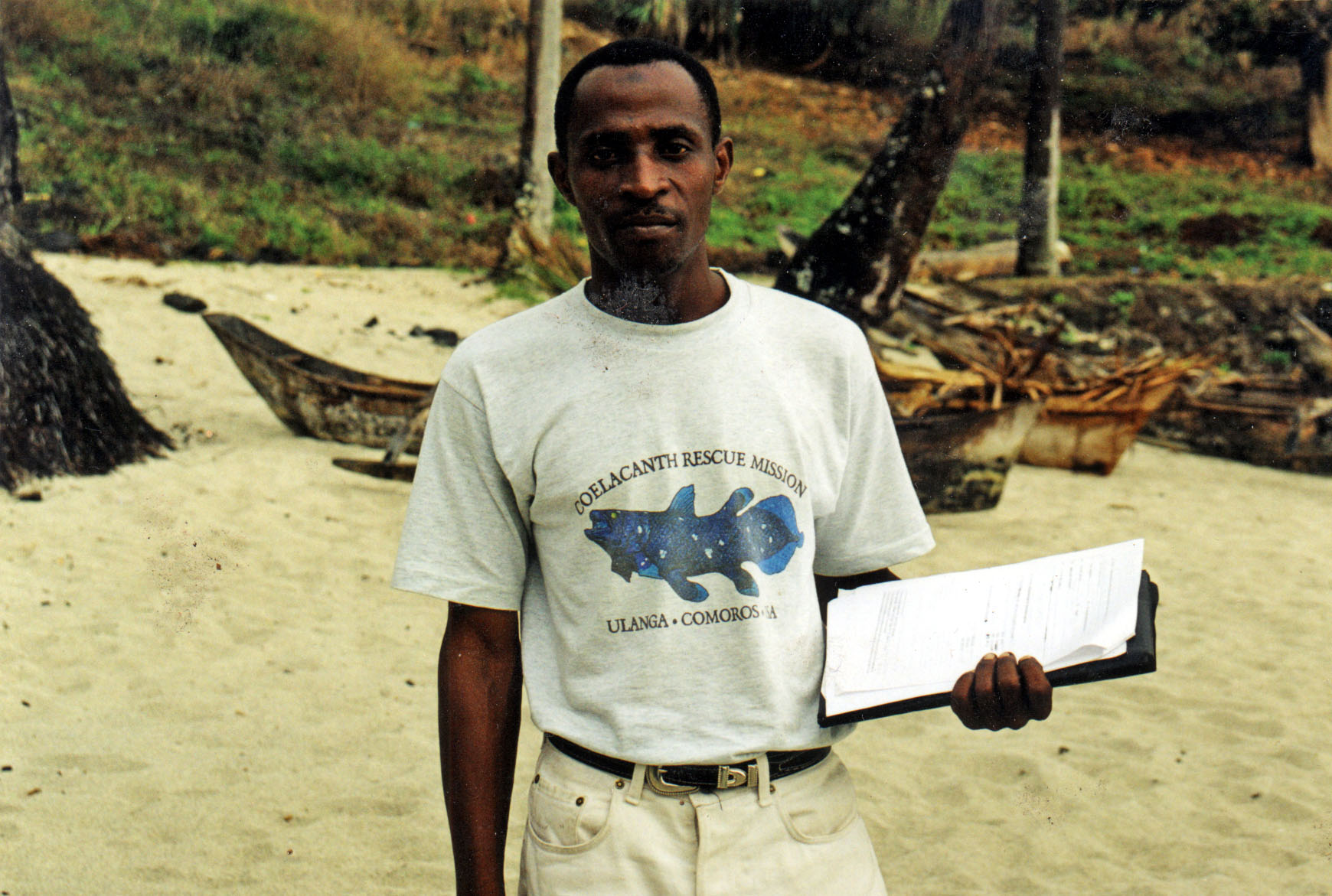


Deployment of DRK's in the Comoros. In last photo, the top of an empty Ziplock bag is visible (1998)
